While the eastern Indian state of Odisha is famous for its largest coastal lagoon, a big zoo, crocodile sanctuary, mangrove forest, long coastline, and a major port, it is not known for its caves. They are among the major tourist attractions and draw thousands of people a year. Among the popular caves in Odisha, Khandagiri and Udaygiri caves, in Bhubaneswar, tops the list. Both the caves, which are located on two adjacent hills facing opposite to each other, are partly natural and partly artificial and have historic, archaeological and religious significance making it a must visit. The recently discovered caves in Bhubaneswar in Chandaka Elephant Sanctuary that dates back to the Stone Age (4000 years back) can also make for a great sightseeing tour. Bhubaneswar also has Panchu Pandav caves near Pandav Nagar that date back to 5th-6th century. Legend has it that the five Pandav brothers stayed in the five caves during their exile.
Gupteshwar cave, a pilgrimage and tourist spot located 55 km away from Jeypore, accommodate a temple dedicated to Lord Shiva that is veiled amid caves perched on top of a large limestone hill, known as �Gupteswar� meaning �the hidden God�. During the Sravana period (monsoon), pilgrims from across the country come to the shrine to bathe in the maha kund and pray near the huge Shiva Linga that is believed to be rising in size. The state undoubtedly has some charming caves that can transport you back in time and such cave is Bikramkhol which is an ancient archaeological spot located near Jharsuguda. The caves are famous for prehistoric rock inscriptions, rock art, engravings and craftsmanship dated between 3000 BC and 4000 BC. They are located in the reserved forest of Belpahar range, 12 km from Belpahar.








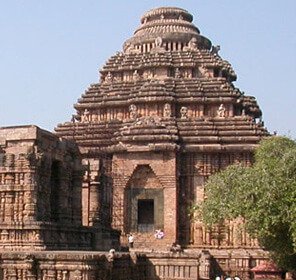
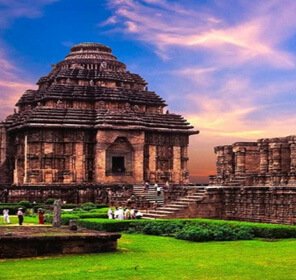
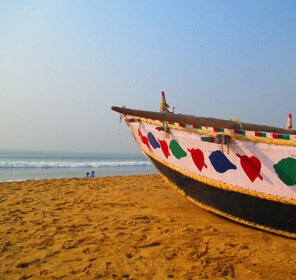
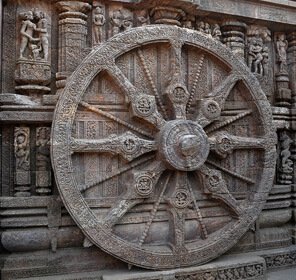

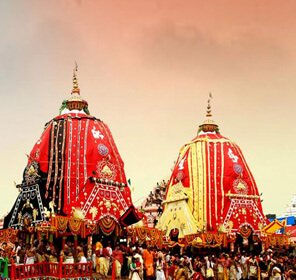
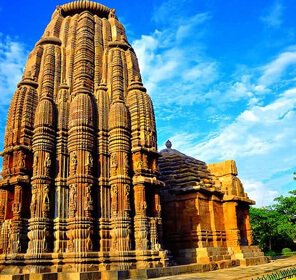

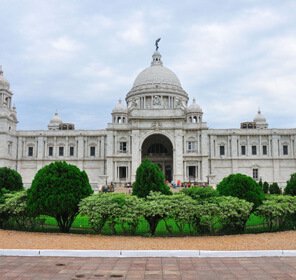
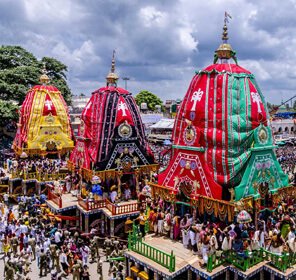
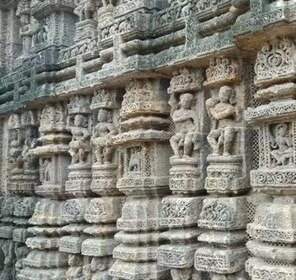
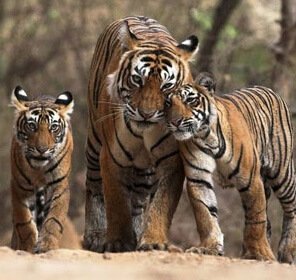
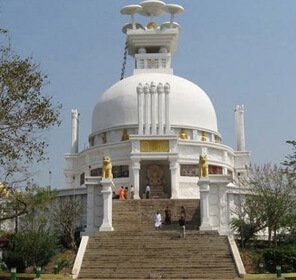
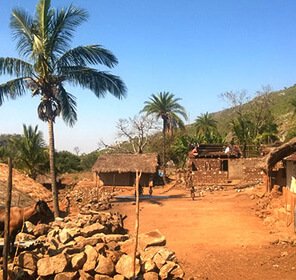

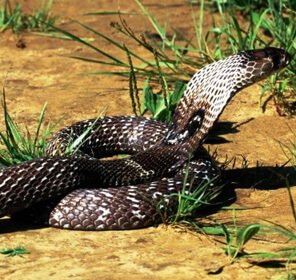
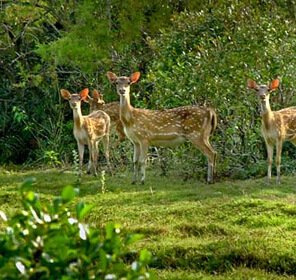
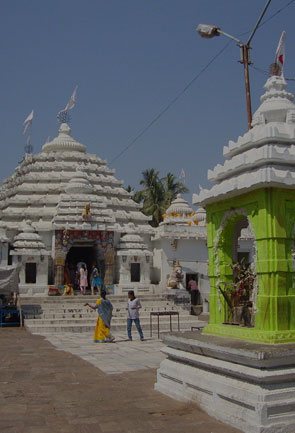
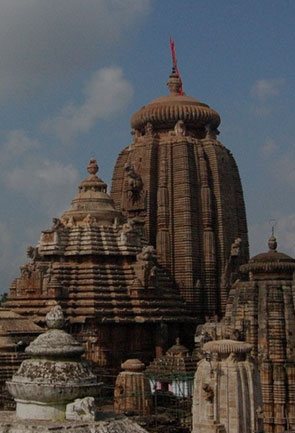

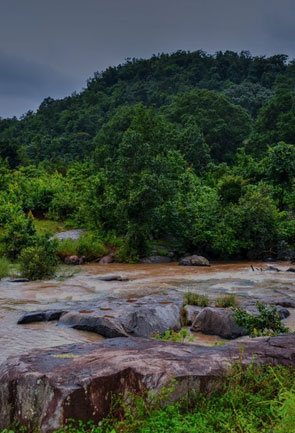






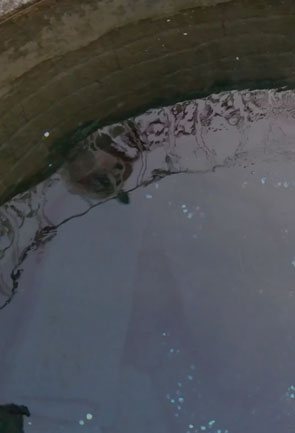

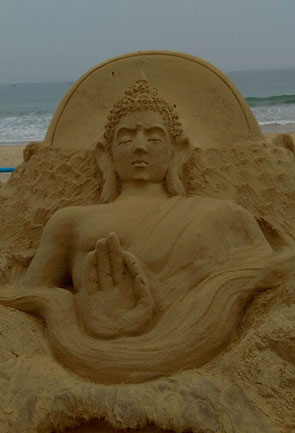
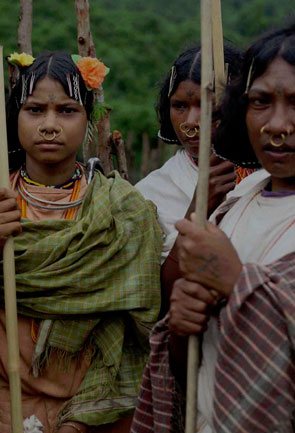
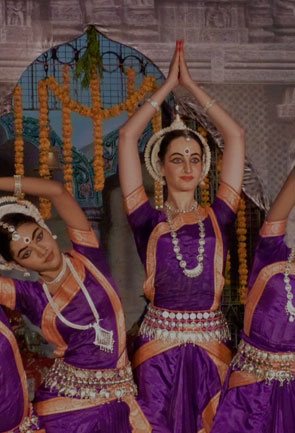



 Plan Trip
Plan Trip Call Us
Call Us Packages
Packages Home
Home